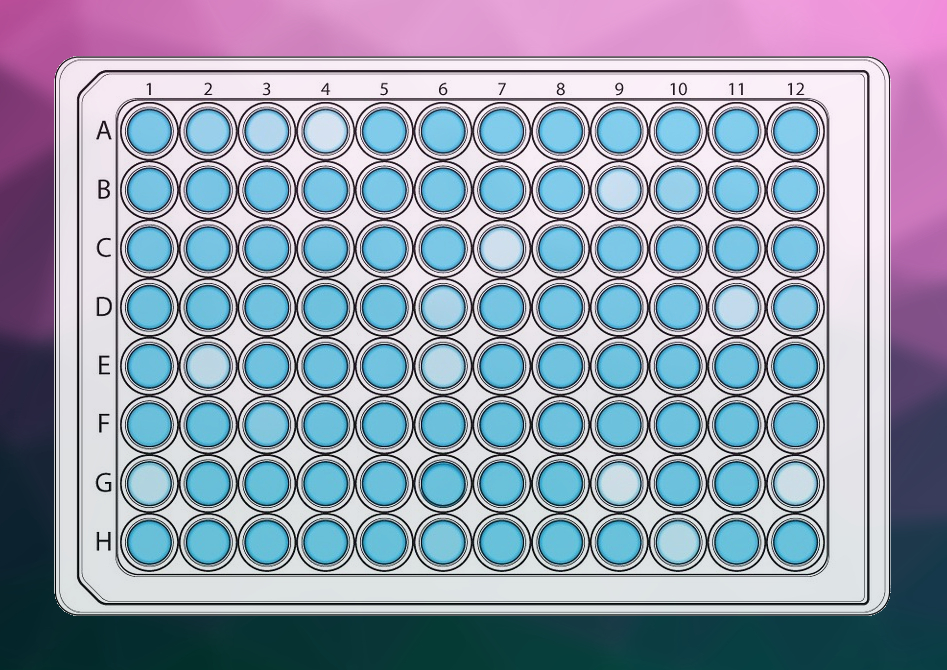Pesticides and herbicides are widely used in the agricultural industry to protect crops. They can accumulate in soil and water and harm both the environment and human health. Detecting residual pesticides and herbicides is, thus, important, They can, for example, be detected using methods such as liquid chromatography–mass spectrometry (LC-MS), gas chromatography–mass spectrometry (GC-MS), or surface-enhanced Raman scattering (SERS). However, these techniques require expensive instruments.
Hongchao Guo, China Agricultural University, Beijing, Hui Wei, Nanjing University and Wuhan University, both China, and colleagues have developed nanozyme sensor arrays for the low-cost detection of pesticides. Nanozymes are nanomaterials with enzyme-like properties. The team used different heteroatom-doped graphenes, which can act like peroxidase enzymes. Nitrogen-doped graphene (NG), nitrogen- and sulfur-codoped graphene (NSG), and graphene oxide (GO) were used. These materials can promote the reaction of 3,3′,5,5′-tetramethylbenzidine dihydrochloride (TMB) with H2O2, which produces a diimine with a blue color. Aromatic pesticides can “mask” the active sites of the nanozymes by adsorption, which reduces the catalytic activity and the amount of blue imine that is produced. Different pesticides affect the three nanozymes differently.
The team built a sensor array in which the different nanozymes were combined with TMB and H2O2 in well-plates and one type of pesticide was added to each well. Each pesticide was combined with each type of graphene to provide three points of color data. The colors were read out using a standard microplate reader. The method allowed the researchers to discriminate between five different pesticides and herbicides (lactofen, fluoroxypyr-meptyl, bensulfuron-methyl, fomesafen, and diafenthiuron) based on the colors they give in the presence of NG, NSG, and GO. The team used the method to detect pesticides in soil samples, showing the practical usability of their sensor arrays.
- Nanozyme Sensor Arrays Based on Heteroatom-Doped Graphene for Detecting Pesticides,
Yunyao Zhu, Jiangjiexing Wu, Lijun Han, Xiaoyu Wang, Wei Li, Hongchao Guo, Hui Wei,
Anal. Chem. 2020.
https://doi.org/10.1021/acs.analchem.9b05110


